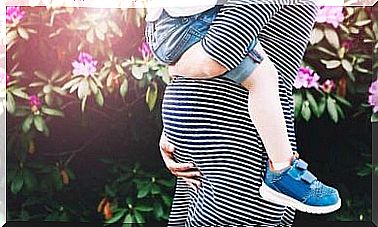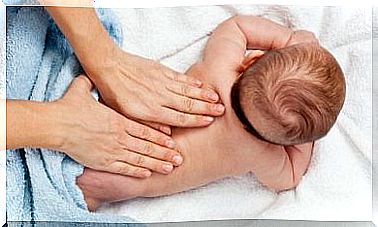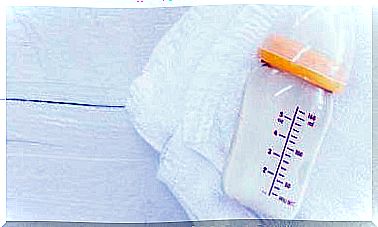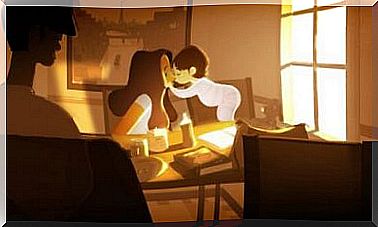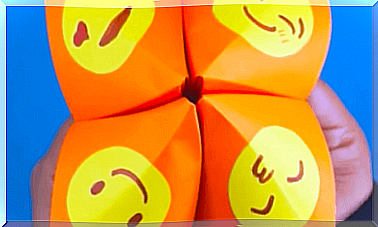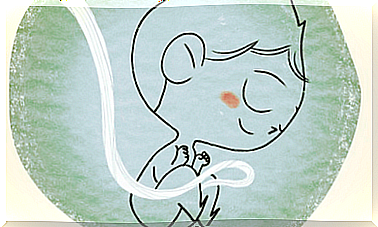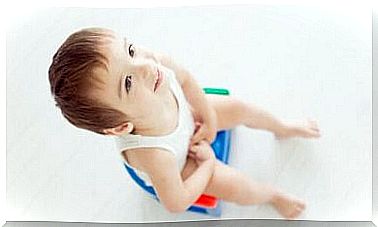Twisted Umbilical Cord During Pregnancy And Birth
One of the biggest concerns among parents and doctors is having a twisted umbilical cord during pregnancy and childbirth. It is important to be informed.
What is a twisted umbilical cord?
A twisted umbilical cord is considered to be a very serious complication during pregnancy. It is associated with disorders of the fetus, as well as complications during childbirth.
The length of the umbilical cord
Before we answer the question of whether it is dangerous or not, it is important to know a little more about the umbilical cord. It is 54.6 cm long.
Due to its length, it is normal for it to become entangled in various parts of the body: arms, legs, abdomen and neck.
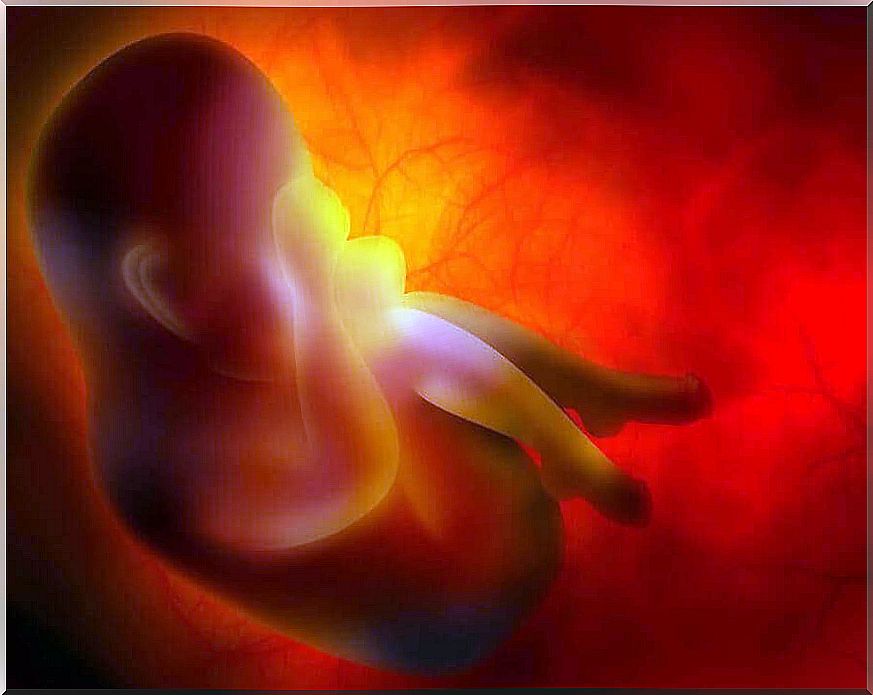
Of course, the severity of the situation will depend on where the umbilical cord is wrapped around, as well as how much it is wrapped around a single spot. Often, with a simple motion, the umbilical cord can unwrap itself again.
In order for the umbilical cord to become twisted, there must be several other factors. For example, it may be longer than normal, or the placenta may have more amniotic fluid. Therefore, there is more room for the umbilical line to move around.
Although it seems extraordinary and abnormal, over 40% of pregnancies will have a twisted umbilical cord, to some extent, mainly during childbirth. Mothers find out through ultrasound. However, there are some cases where one does not discover it before birth.
Is it dangerous with a twisted umbilical cord?
In most cases, it does not cause problems for the fetus. They may still have a vaginal birth. Doctors place a finger between the baby’s neck and umbilical cord to avoid pressure or possible suffocation. Another option is to squeeze the umbilical line, and cut it before the baby has come out completely.
Typically, the umbilical cord gets twisted when the baby’s heart beats faster. However, this does not always happen. Increased heart rate may be due to the use of certain medications that are used to accelerate childbirth. The umbilical cord twists if the baby does not handle it well.
It is true that there are cases where the fetus has a very tight umbilical cord. The pressure on the carotid artery can cause bradycardia.
In this situation, the doctor has to check the condition of the fetus, and decide how to proceed. The doctor will decide if there is a need for an emergency caesarean section, or if you have to wait for the baby to move so that the umbilical cord stops wrapping around.
Immersion of the umbilical cord
Furthermore, we need to talk about the sinking of the umbilical cord. When this happens, the umbilical cord comes out before the fetus. Generally, it happens when the baby is born in the sitting position.
It can also happen because the placenta breaks before the baby is ready. This complication is the most serious of them all. However, it has nothing to do with a twisted umbilical cord. It has to do with problems that stop the baby’s blood supply.
Complications at birth: what you need to know
Most babies are born without problems. Especially when the mother has been to each a necessary visit. However, certain complications may still occur. A twisted umbilical cord is just one of them.
Other possible complications include:
1. No progress in childbirth
The birth changes you because there are fewer contractions or the cervix has not expanded enough. This usually happens when there is a mismatch between the mother’s pelvis and the size of the baby’s head.
2. Fetal disorders
Changes in the heart rate of the fetus can cause complications because it does not receive the oxygen it needs. The doctor will perform a caesarean section before the situation gets worse and before the baby inhales meconium, which causes lung problems.
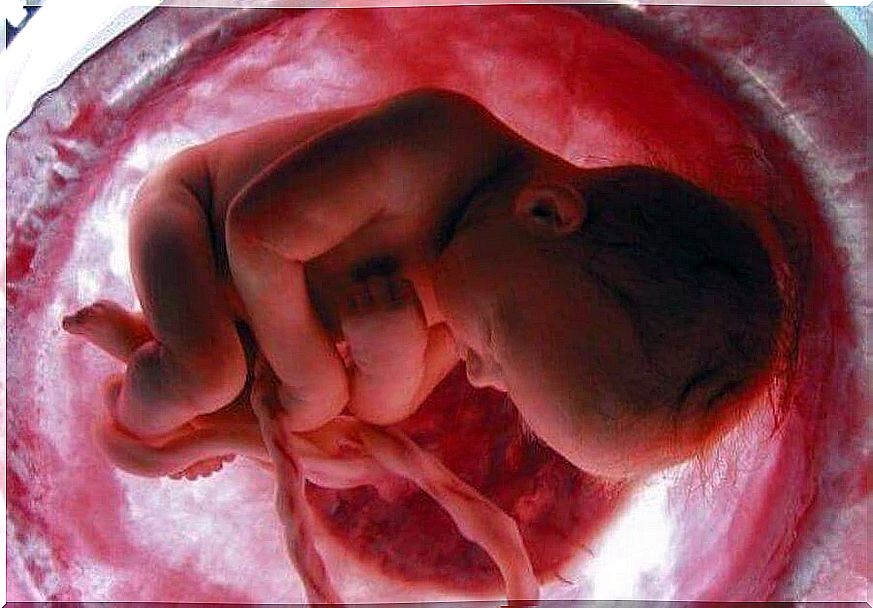
3. Shoulder dystocia
This is very rare. It happens when the baby’s shoulder gets stuck in the mother’s pelvis. The doctor will perform a maneuver that moves the baby’s shoulder and makes the birth possible.
Discontinuation of the placenta
This serious complication occurs when the placenta separates from the fetus before birth. It can cause internal bleeding in the mother, as well as disrupt the baby’s blood and oxygen supply.
A twisted umbilical cord can seem a little traumatic to babies. However, it is actually very common and, as a rule, it does not have any serious consequences for your or your child’s health.
